http://www.youtube.com/watch?v=J01e5jxyYNI
Swarovski is generally considered one of the world’s best rifle scope manufacturers. When I tested the glass maker’s Optik Z6i 1-6×24 BRT, I had high hopes that it would be perfect for competition shooting. I was wrong. It wasn’t. But I’m not one to jump to conclusions about a company based on a single product. So when the McMillian Tactical Hunter rifle arrived on my doorstep with a Swarovski Z6 3-18×50 Riflescope on top, I wanted to see if their longer range offerings lived up to their rep . . .
First and foremost, the clarity of this glass is AMAZING. No, seriously. There’s good glass, and then there’s this. I was counting the links in the chain holding up the steel target 1,000 yards away.
The difference between the Konus 4×30 scope and the Swarovski Z6 3-18×50 Riflescope is the difference between a three-year-old flip phone camera and a Nikon D4. You just can’t get the same level of clarity and detail with plastic lenses, no matter how well you make them. With the Swarovski scope you can hunt earlier in the day and later into the night than you could/would/should with anything plastic.
So what about everything else?
The number one complaint I had about the other Swarovski scope: the central aiming point of the reticle was roughly the size of a small moon. That’s no bueno for precision shots at distance.
While there are models of this scope that have the same gigantic red dot in the middle and illumination controls to make the beachball glow, this particular one uses something called a “Plex” reticle. It’s more like the old 30/30 reticle with chunky main bars and an extremely fine crosshair in the middle. It gives a much more precise aiming point and allows for a better view of the target itself, which is great for precision shooting.
Being a minimalist, I appreciate the lack of range markings and other unnecessary obstructions to my view. It makes the Swarovski Z6 3-18×50 Riflescope (P) a great target and stationary hunting (treestand or blind, for example) scope—but it’s not ideal for situations where you need to rapidly take a shot at an unforeseen distance.
The other main feature of a scope: the ability to sight it in and dial for adjustments. I’m used to sighting in and making adjustments with scopes using either 1/2 MoA or 1/4 MoA (Minute of Angle) increments. That roughly corresponds to 1/2 and 1/4 inch at 100 yards respectively. Swarovski scopes are metric. One click equals 10mm at 100 meters, or roughly 1/3 MoA. For the elevation, at least. The windage is graduated in slightly finer increments: 1/6 MoA or 5mm at 100 meters.
Its a perfectly logical approach, but I really would have liked to have 1/6 MoA adjustments on both axes if possible. 1/3 MoA is good enough to get on a steel plate at distance, but if you can do finer adjustments then why not have them for both windage and elevation?
The Swarovski Z6 3-18×50 Riflescope’s (P) parallax adjustment knob helps shooters make the switch from a 200-yard hunter to a 1,000 yard steel killer. Parallax is a PITA. Eliminating that element is the first step in taking an accurate shot. The Swarovski’s adjustment knob is on the third stem; it’s easily within the rifleman’s reach. As usual, the markings on the knob should be completely ignored. Other than that it works fine.
All the various gubbins on the Swarovski Z6 3-18×50 Riflescope (P) feel pretty solid, from the scope housing to the magnification ring. The only thing that seemed a little cheap: the covers on the adjustment knobs, which felt a little like those rings you get out of a quarter vending machine at the supermarket.
Which brings us to the question of the day: is the Swarovski Z6 3-18×50 Riflescope (P) worth $2,300? As Farago likes to say, something is worth exactly what someone will pay for it. If you want the world’s best glass in a scope that’s built to last from a company whose name speaks of class and refinement, Swarovski will gladly sell you the world’s best glass in a scope that’s built to last.
If you’re OK with roughly comparable optical clarity, Trijicon Accupoint’s TR23 5-20×50 offers all the same bells and whistles for $1250. You don’t to have fumble with the elevation knob, think metrically, circle around (it’s got an illuminated aiming point triangle) or worry about batteries (it’s solar-powered). Alternatively, you can pick up the Nightforce 5.5-22X56 NXS for a almost patriotic $1,766, a Zeiss Conquest 6.5-20×50 AO MC for $1,030, or a Leupold Mark 4 LR/T 6.5-20x50mm for $1,300.
In the gun world (as elsewhere) there’s a healthy market for quality, price-no-object products. In that rarified air, the Swarovski Z6 3-18×50 Riflescope (P) gets it done. But when there are other options that are just as good and half the price I can’t see the point in spending the extra money just for the Swarovski name.
Swarovski Z6 3-18×50 Riflescope (P)
Weight: 21 oz.
Length: 15″
Adjustments: 1/3 MoA Elevation, 1/6 MoA Windage
Tube: 30mm
Price: $2,349
Ratings (out of five)
All ratings are relative to similar products, final rating is not mathematically derived from the preceding ratings.
Optical Clarity * * * * *
Perfect.
Feel & Function * * * * 1/2
There are a couple of parts that feel like they came off a child’s toy, but the vast majority of it feels just fine.
Overall Quality * * * * *
Unimpeachable.
Overall Rating * * *
Its a great scope. It really is. But the price absolutely ruins it. I’m willing to pay the brand tax to make my woman happy, but not for the girlfriend that stays locked in a safe most of the week.

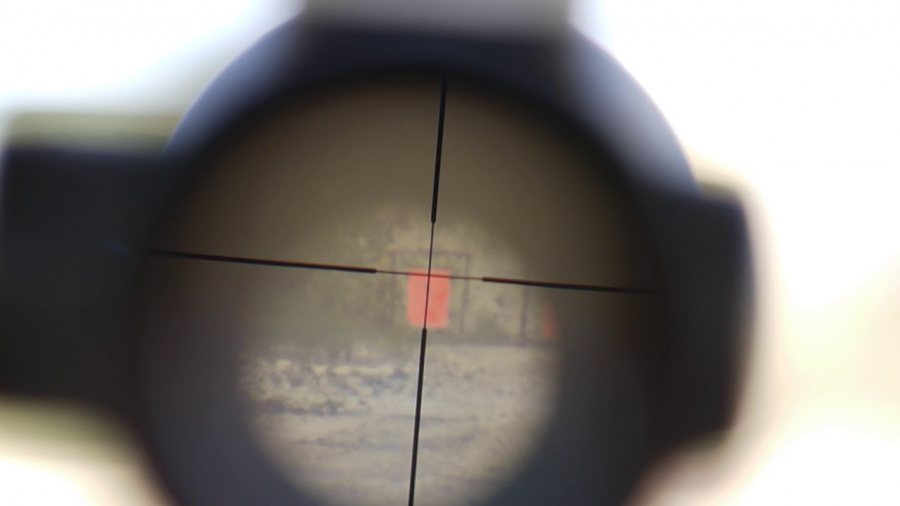
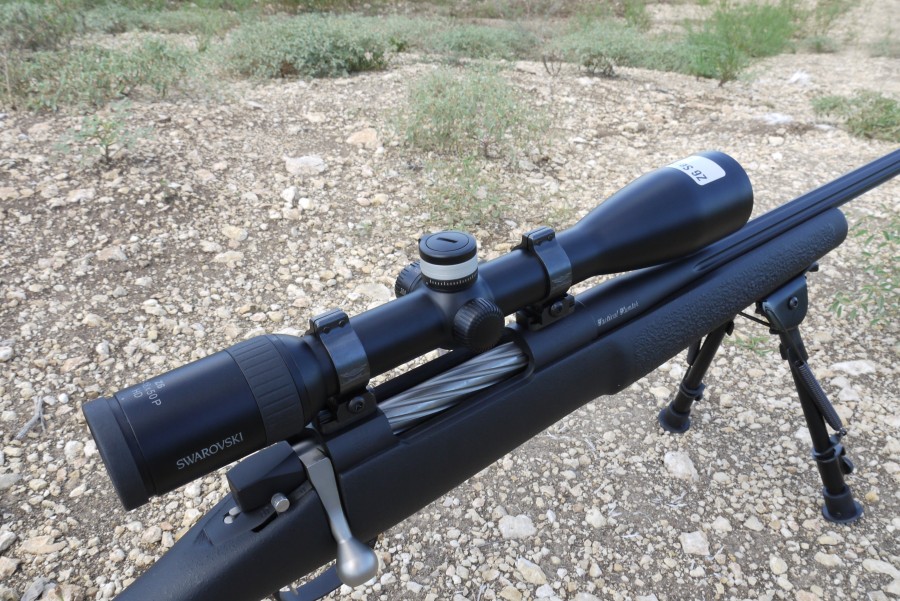
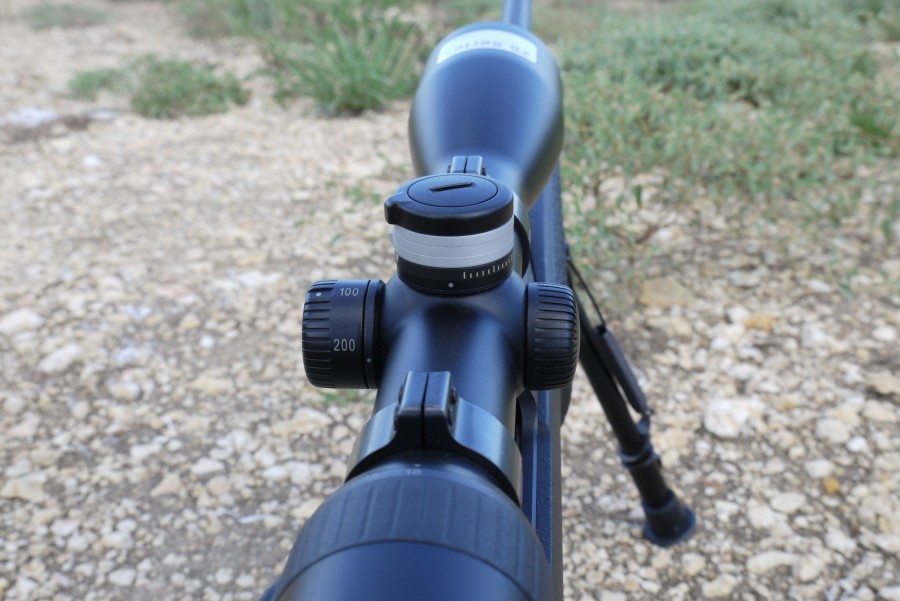
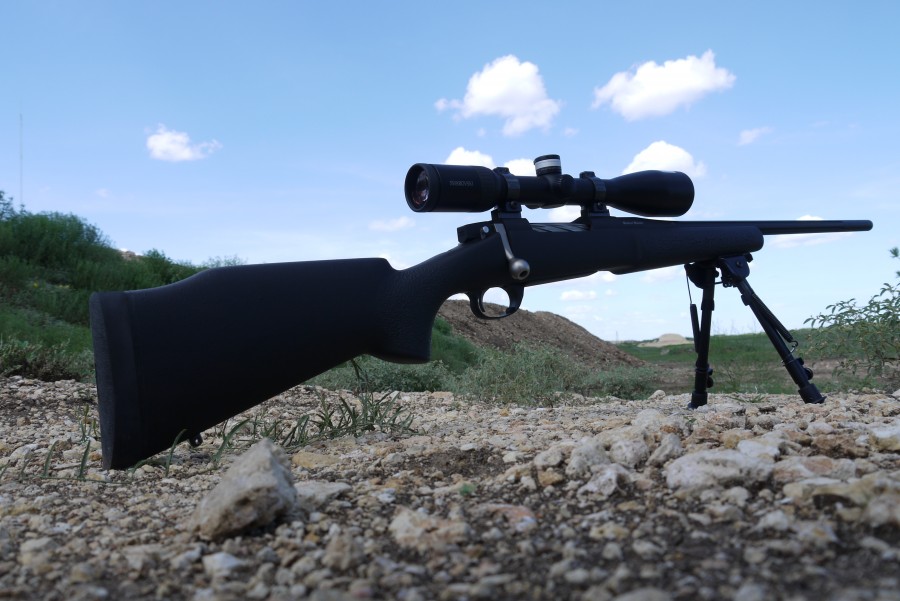


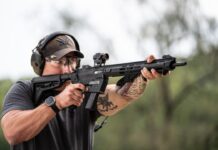
So you don’t know the knobs have clicks in 0.1 milliradians (or 0.05 mils in the case of windage) just because it isn’t explicitly labeled as such? They can be used fine with imperial units.
They can. And they are. But going from 1/2 and 1/4 to 1/3 and 1/6 makes you change your usual mental math and can be a little annoying while you’re getting used to it.
Everyone has their preference, and mine is MoA. I didn’t mark the scope down for it in the final points, its just something I wanted to bring up.
the central aiming point of the reticle was roughly the size of a small moon.
That’s no moon, it’s a space station.
Haha, I interrupted my reading to come down here and say that.
“That’s no moon…”
Emperor Palpatine: “That’s no moon… That your mother!”
Ah, Robot Chicken, how you make me giggle.
If you use a mildot reticule you should use turrets in mils. If you use a MoA reticule you should use MoA turrets. To do otherwise is kind of nuts.
When I read “Swarovski” in the title, I instantly went tl/dr. I’d like to see you review or rate the top 3 3×9 scopes in the $100 or less, $200 or less, and $300 or less categories. Most working guys can’t or wouldn’t drop $2300 on glass. (It would be neet to see an article on Best Budget fixed power scopes, too)
That said I did notice you final statement “Its a great scope. It really is. But the price absolutely ruins it.” Seems like we’re thinking the same thing here. So show me something.
I’ll do a quick review of the top 3 3×9 scopes in the $100 or less, $200 or less, and $300 or less categories: They all suck. There. Done. Ok, maybe there are some cheap scopes that will work fine on your .22LR or your .17 HMR. But if you are shooting at any range where you actually need a scope (400m and over for my middle-aged eyes), something better is needed. Maybe its just a pet peeve of mine, but I’ve never understood the dudes that will spend a grand or two on their gun, but then top it with cheap glass.
“Cheap Plastic” is a better term these days.
As to the Metric adjustments; how is using an adjustment system based on fractions of a ‘whole’ based on 12 units easier than one based on ten units?
For me, I compare the POA with the POI and spin my dials until the two match up, it causes far less angst.
For everything else there’s a handy gadget called a calculator, there are even modles that will fit in your pocket, I think they are called ‘slide rules’.
This test misses what separates this scope from the competition you mentioned, its the low light capabilites. One can reasonably expect an additional 15 minutes in the AM and 15 minutes in the PM of useable light that you will not get in s NF, Leupold, or trijicon. In addition only the nightforce has a better return to zero or more reliable turrets.
Comments are closed.